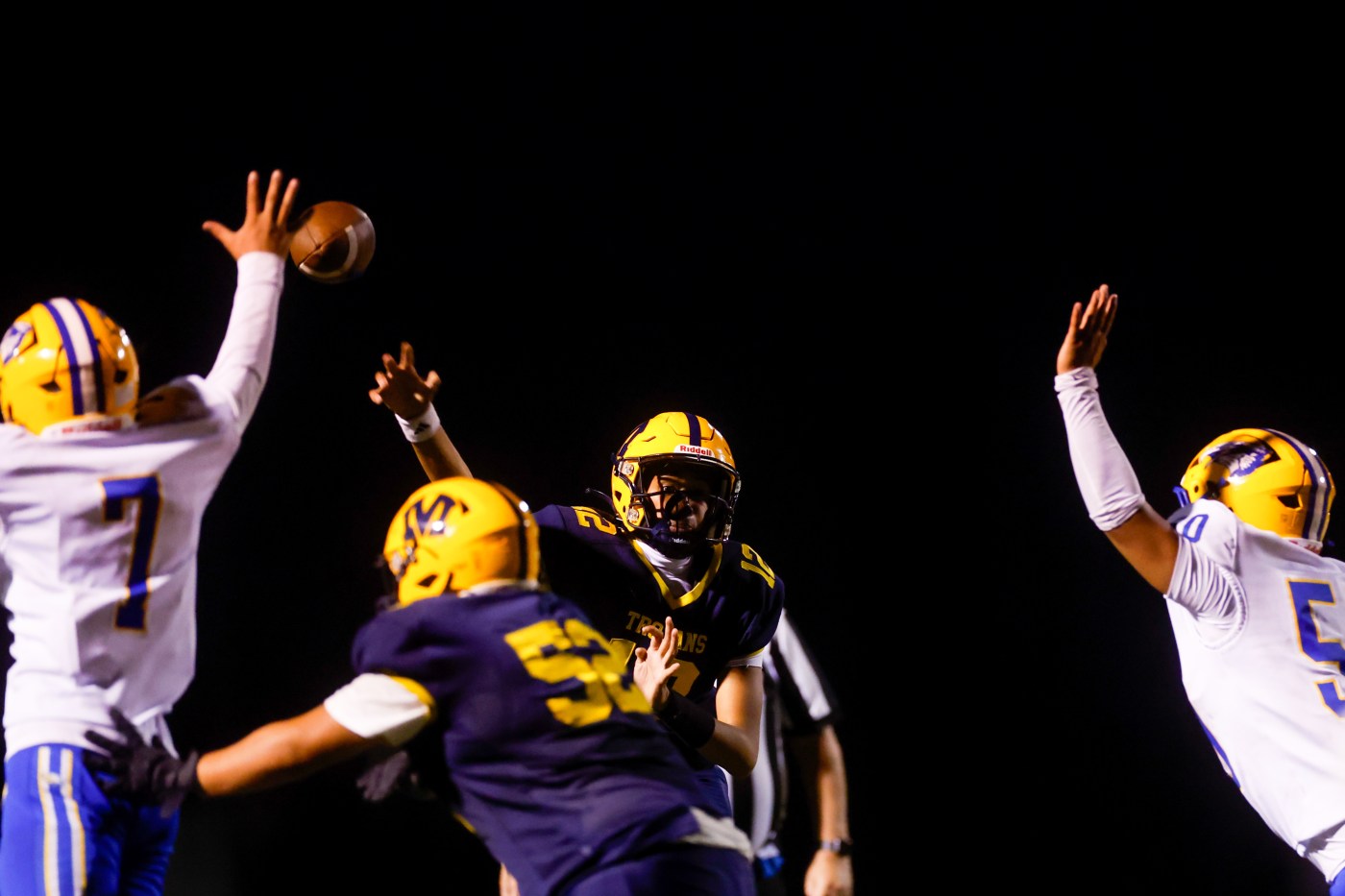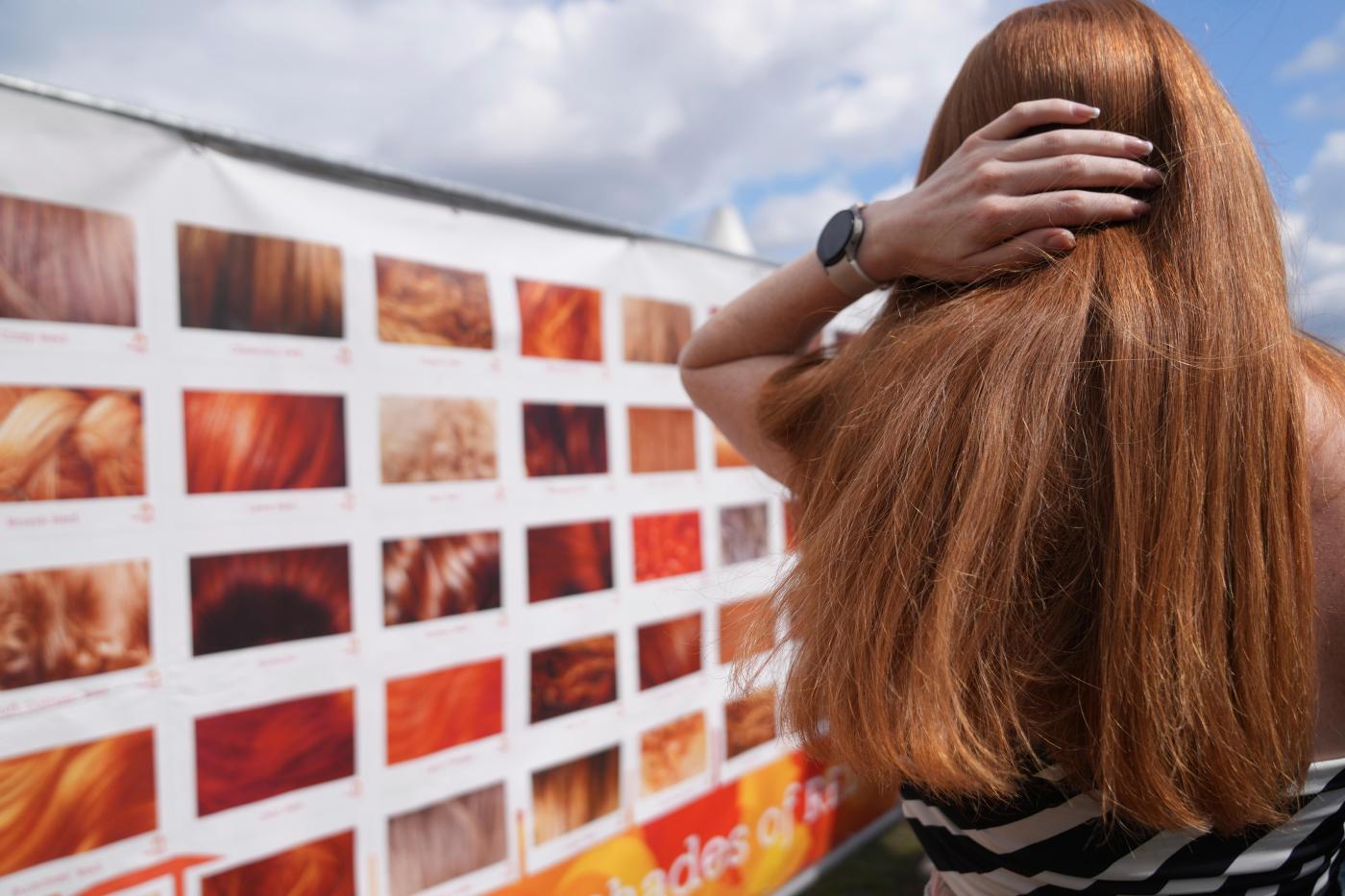DEAR JOAN: One day my sister in Santa Clara was driving her car when she smelt something burning. She pulled over and popped the hood and saw that something had stashed some prickly pears in the engine.
She always parks next to a cactus in her front yard. What kind of animal would stick this fruit in a car?
— Tim Avila, Santa Clara
DEAR TIM: Prickly pears stashed in the engine compartment is the work of a rodent, most likely a rat.
It could be your run-of-the-mill rat or possibly a wood rat, also known as a pack rat. You can’t rule out squirrels completely, but some type of rat is the most likely culprit.
If your sister hasn’t already, she should check her car thoroughly for other damage. In addition to treating the car like a pantry, they also chew on wiring.
If it is a wood rat, she’ll probably find its house nearby – a large and growing collection of sticks and other objects.
To prevent rats from getting into the car, she can spray the engine area with peppermint oil. Placing a light beneath the car or inside the engine compartment can also serve as a deterrent. Rats also like their privacy, so leaving the hood up at night could help.
DEAR JOAN: Until recently I had a bird feeder hanging in my front yard that I kept filled with (expensive) sunflower hearts. It seemed like every small bird in the county wanted to spend time eating here.
The feeder eventually got pretty dirty so I replaced it with a similar one, only to find the dining crowd abandoning me. I have no idea why. The only possibilities I can think of are one, the old feeder had a bright yellow top, or two, this feeder doesn’t seem to supply as many seeds to the tray.
I’ve gone from 15 pounds of seed a week to 15 pounds of seed waiting in the bag. Do you have any other ideas?
— George, Santa Clara
DEAR GEORGE: Your two theories are valid. Birds can be particular about their dining establishments and even the slightest change might leave them cold.
Other reasons could be the change of the season and the availability of food from nature. Many birds’ eating habits and requirements change throughout the year. In the fall, birds are more likely to eat foods higher in calories and fat, bulking up for their migration or helping them survive the colder temperatures of winter. In the spring and summer, diets often include more insects, which are high in protein and are abundant. They also seek out high protein diets during breeding season.
A predator moving into the neighborhood can also make birds wary of a feeder, leading them to find a safer diner.
If you continue to fill your feeder, chances are very good you’ll attract some birds now and more later. Start by filling the feeder with less food and see how it goes, increasing the amount until your bird guests return.
The Animal Life column runs on Mondays. Contact Joan Morris at [email protected].





